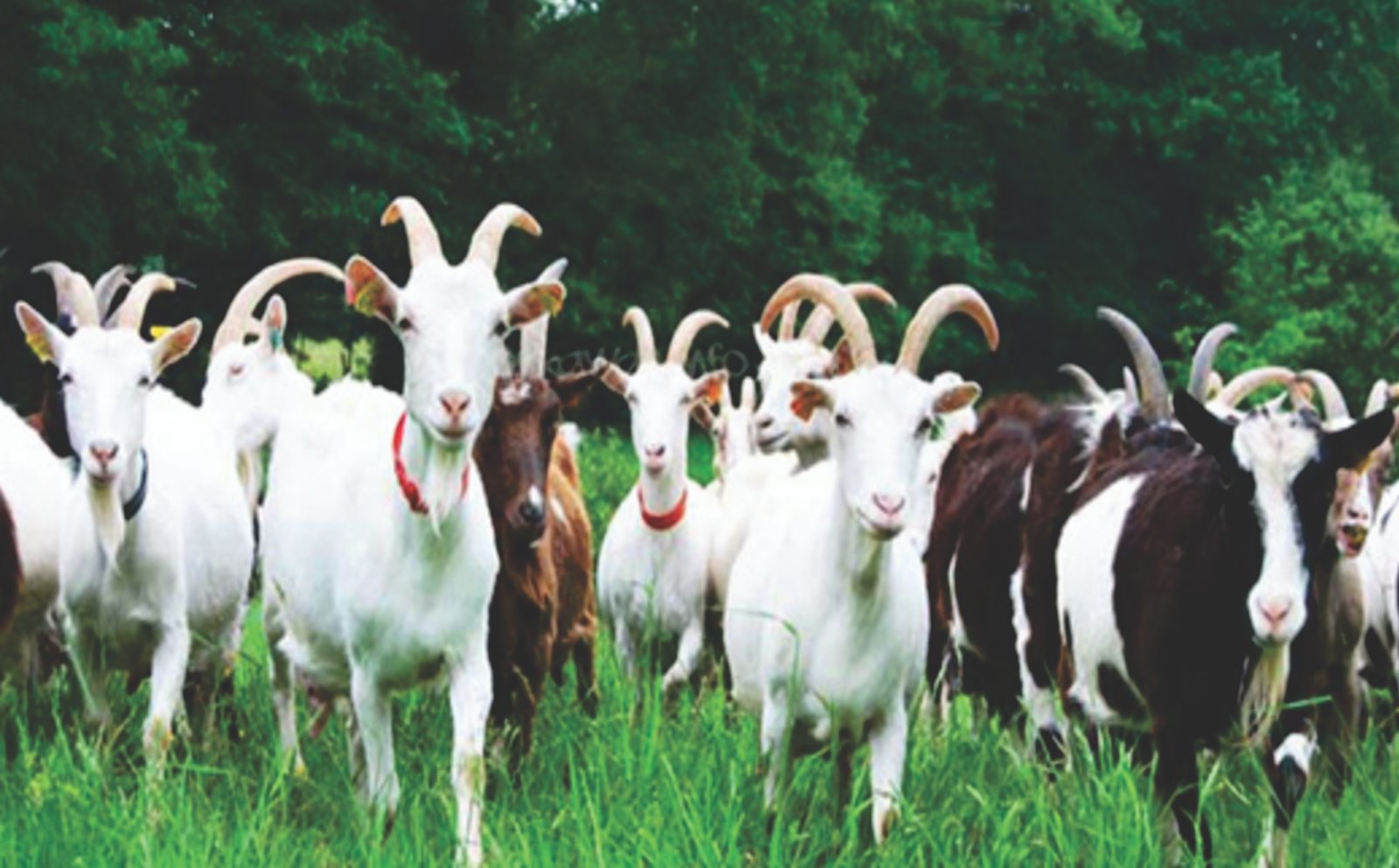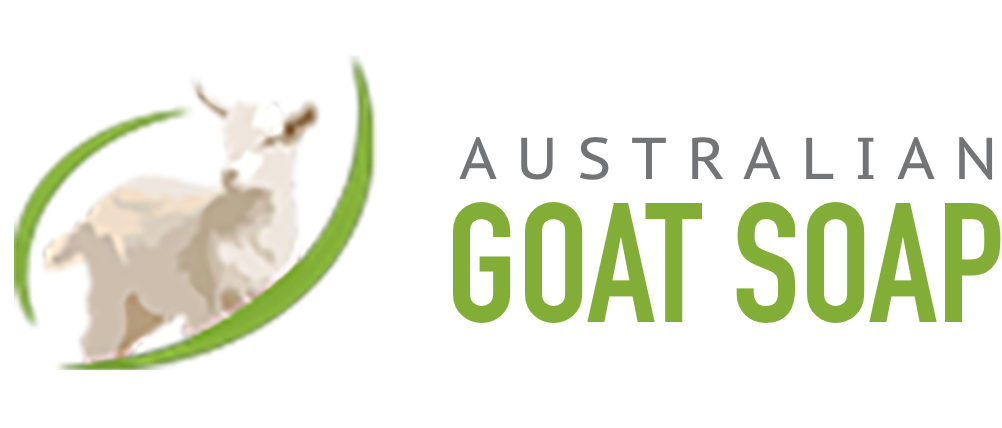No products in the cart.
- October 8, 2021
- Uncategorized
Goat or Cow’s Milk? Whats the difference?

Goat and cow’s milk are nutritionally similar, though definitely not equal. The main difference is that goat’s milk has smaller fat globules. Consequently, goat’s milk may reduce the possibility of allergies, asthma and other ailments. Children who are allergic to cows milk often thrive on goat’s milk.

Goat’s milk also has a closer protein composition to human milk. This also helps to explain the low allergy rate.
Why goats milk is better than cows milk for our skin?
On average, goats milk contains more calcium, vitamin B6, vitamin A, potassium, niacin, chloride, copper, phosphorous, manganese and selenium. Goats also are more finicky eaters than cows – meaning they eat a more varied diet, usually richer in minerals.
Goat’s milk is one of the best sources of dietary fluorine, nearly ten times higher than cow’s milk.
Goat’s milk has more nutrients than cow’s milk!
The nutrient composition of goat milk is very different than that of cow’s milk. In addition to containing 13% more calcium than cow’s milk, goat milk also has 25% more vitamin B-6, 47% more vitamin A, 134% more potassium and 350% more niacin. Goat milk is also higher in chloride, copper and manganese and contains 27% more
of the essential nutrient selenium. Goat milk contains none of the controversial Bovine Growth Hormone (BGH).

